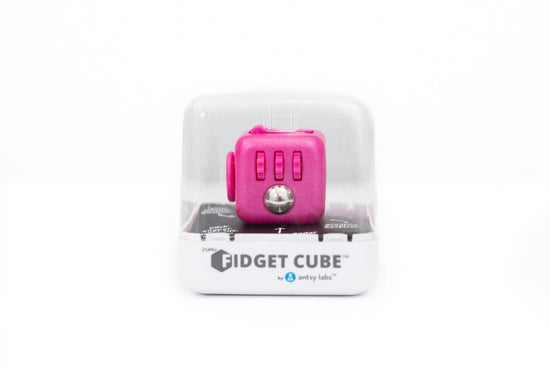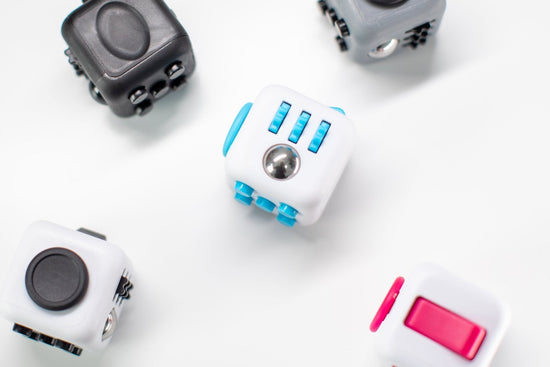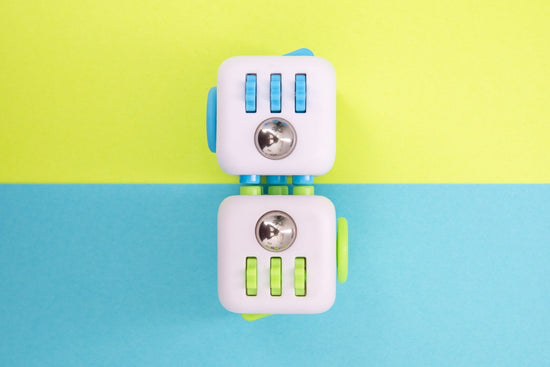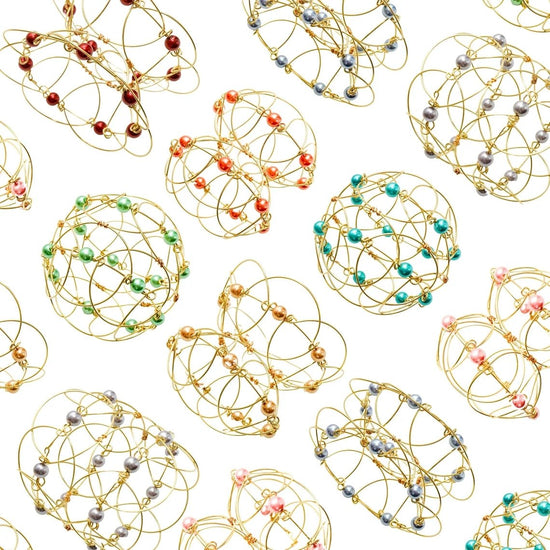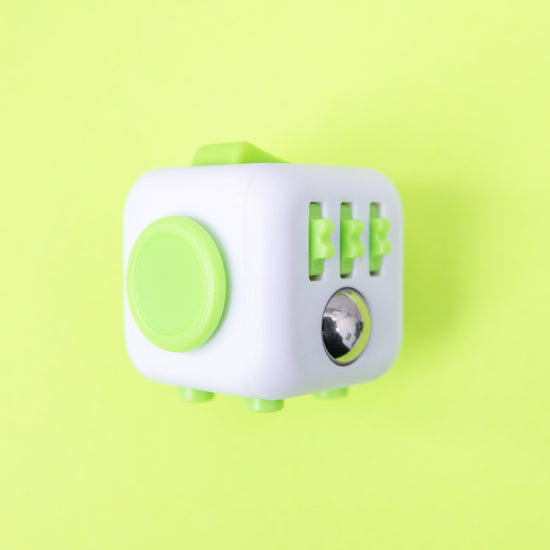
Fidget Toys For Autism: Stress Relief, Focus, And Sensory Regulation
Navigating the world with autism has been described by some as similar to trying to tune a radio - you may find yourself trying to get the right frequency so everything in your daily life "comes through" clearly. For many individuals on the autism spectrum, finding tools to adjust that dial can make a real difference.
That's where fidget toys come into play.
Let's delve into why these seemingly simple gadgets might be more beneficial than you think.
Do Fidget Toys Really Help with Autism?
The Sensory Impact of Fidget Toys
In recent years, fidget toys and sensory gadgets have garnered attention for their potential to provide relief and sensory input for individuals with autism. Here’s how these tools are helping:
Stress and Anxiety Reduction: For many with autism, the world can feel overwhelmingly chaotic. Fidget toys (like the original Fidget Cube) provide a hands-on distraction, which can help manage and reduce stress and anxiety levels.
Improved Focus: Fidget toys can help enhance concentration. By occupying the hands, they allow the mind to filter out excess sensory information, aiding those with autism to focus more effectively on tasks at hand.
Sensory Regulation: Individuals with autism often have unique sensory needs. Fidget toys can offer the necessary sensory input (or output) to help regulate sensory overload and maintain a calm state.
Practical Applications in Everyday Life
Incorporating fidget toys into daily routines can be quite beneficial. Here are a few practical ways they can be used:
In Educational Settings: Teachers and educators can integrate fidget toys into their classrooms to support students with autism who might benefit from sensory input to maintain focus during lessons.
At Home: During homework time or while completing household chores, fidget toys can help individuals stay engaged and complete tasks with greater ease.
Social Situations: Social settings can be stressful. Having a fidget toy on hand can help manage anxiety and make social interactions more comfortable.
Choosing the Right Fidget Toy
Not all fidget toys are created equal, especially when it comes to addressing the needs of individuals with autism. What makes a fidget toy effective? In our opinion, it should be:
Durable: It needs to withstand lots of use and sensory exploration.
Non-distracting: The best fidget toys provide sensory input without drawing too much attention. For instance, some fidget toys tend to require the user to look at the toy while using it, while other fidget toys can be used completely in a tactile way and don't necessarily need to be visibly distracting.
Varied in Sensory Features: Different textures, movements, and interactions can cater to various sensory needs.
Here at Antsy Labs, we're proud to offer the original Fidget Cube—a tool designed with both fun and function in mind, making it one of the best fidget toys for autism. If you're looking to add this tool to your sensory toolkit, check out our selection on our website:
A Tool for Harmony and Focus
Of course, the journey through daily life with autism is unique for each individual. But having the right tools can make navigating this path a little easier. Fidget toys like Fidget Cube not only help in managing day-to-day challenges but also support greater engagement and learning.
Whether you’re looking for ways to enhance focus, manage sensory needs, or reduce anxiety, a fidget toy might just be the simple solution you need.
Explore the original Fidget Cube on our site today and discover how it can be part of your or your loved one’s essential calming, stimming, or sensory kit.


